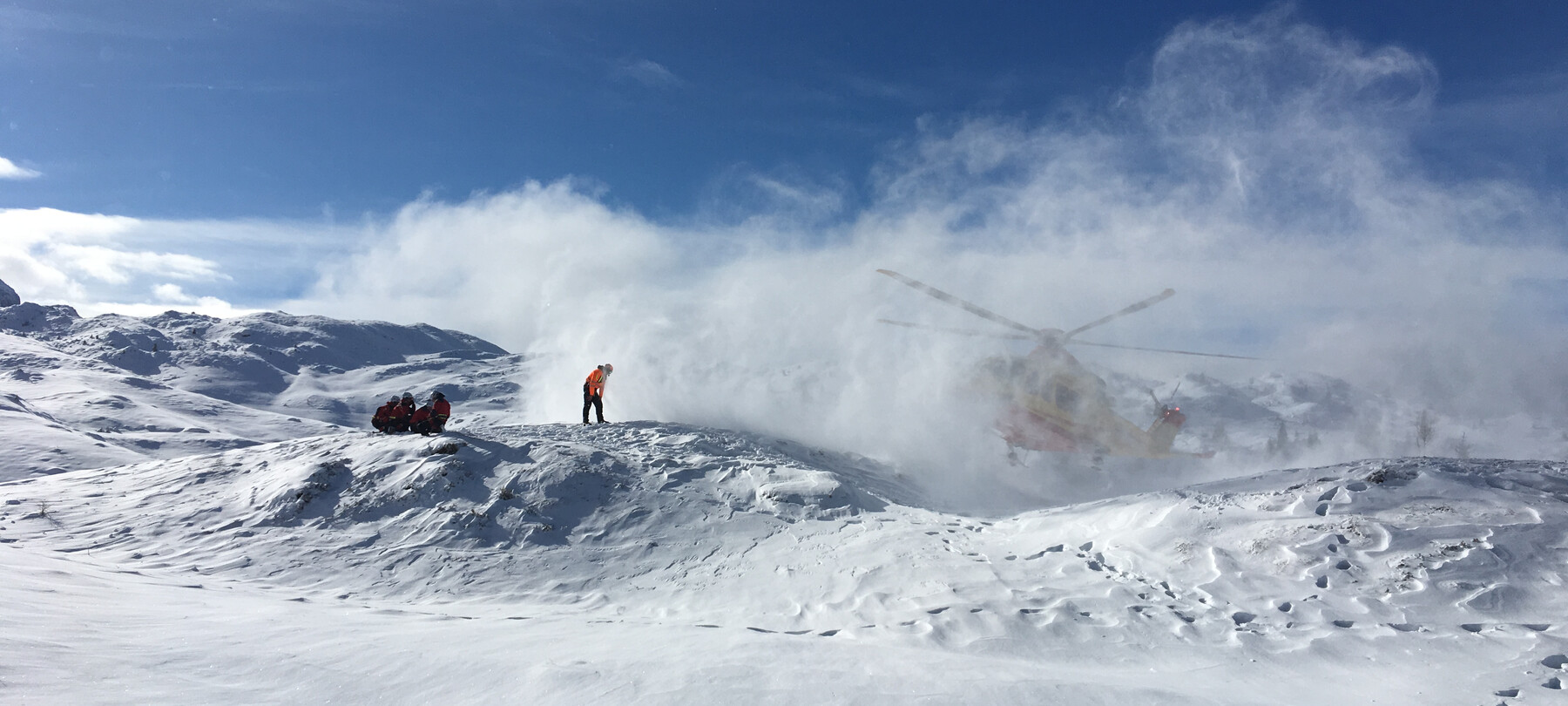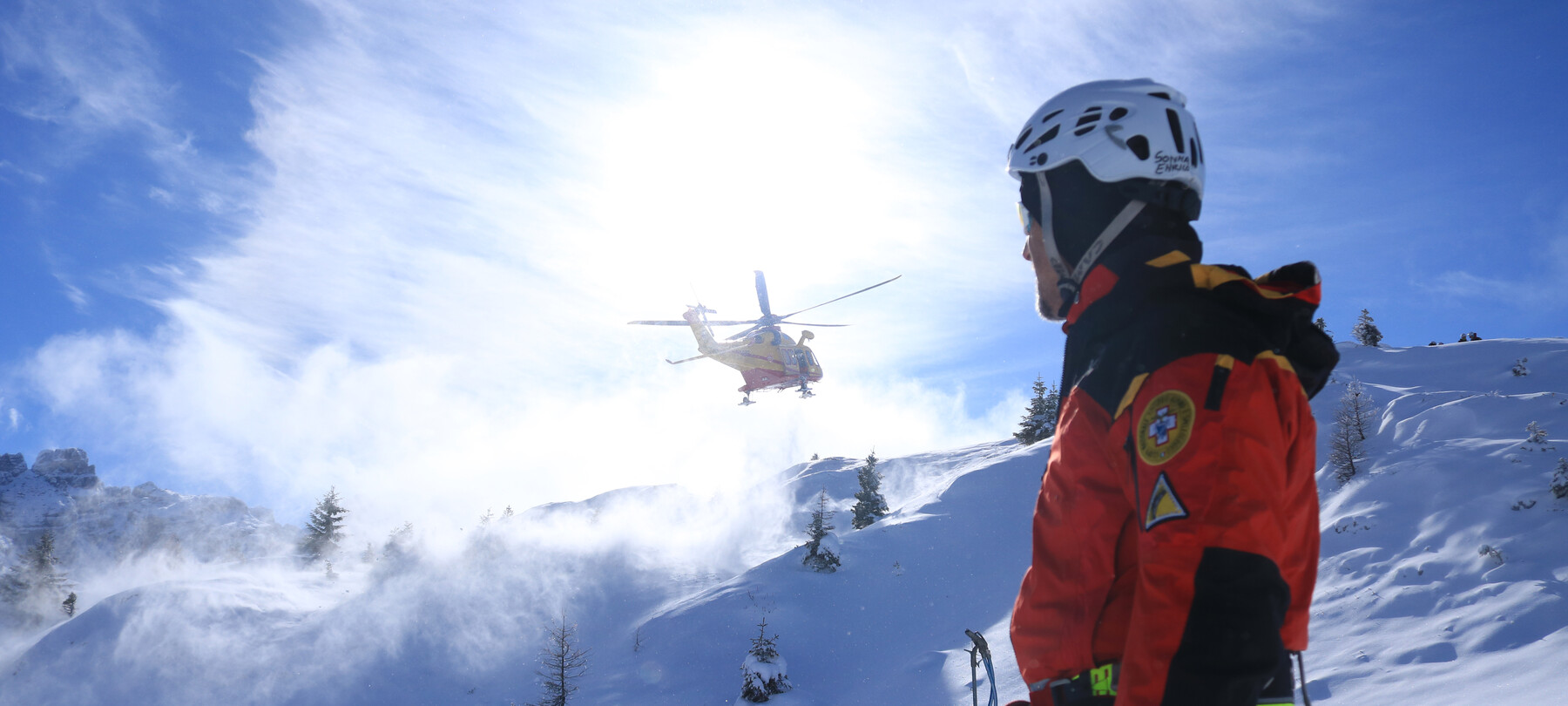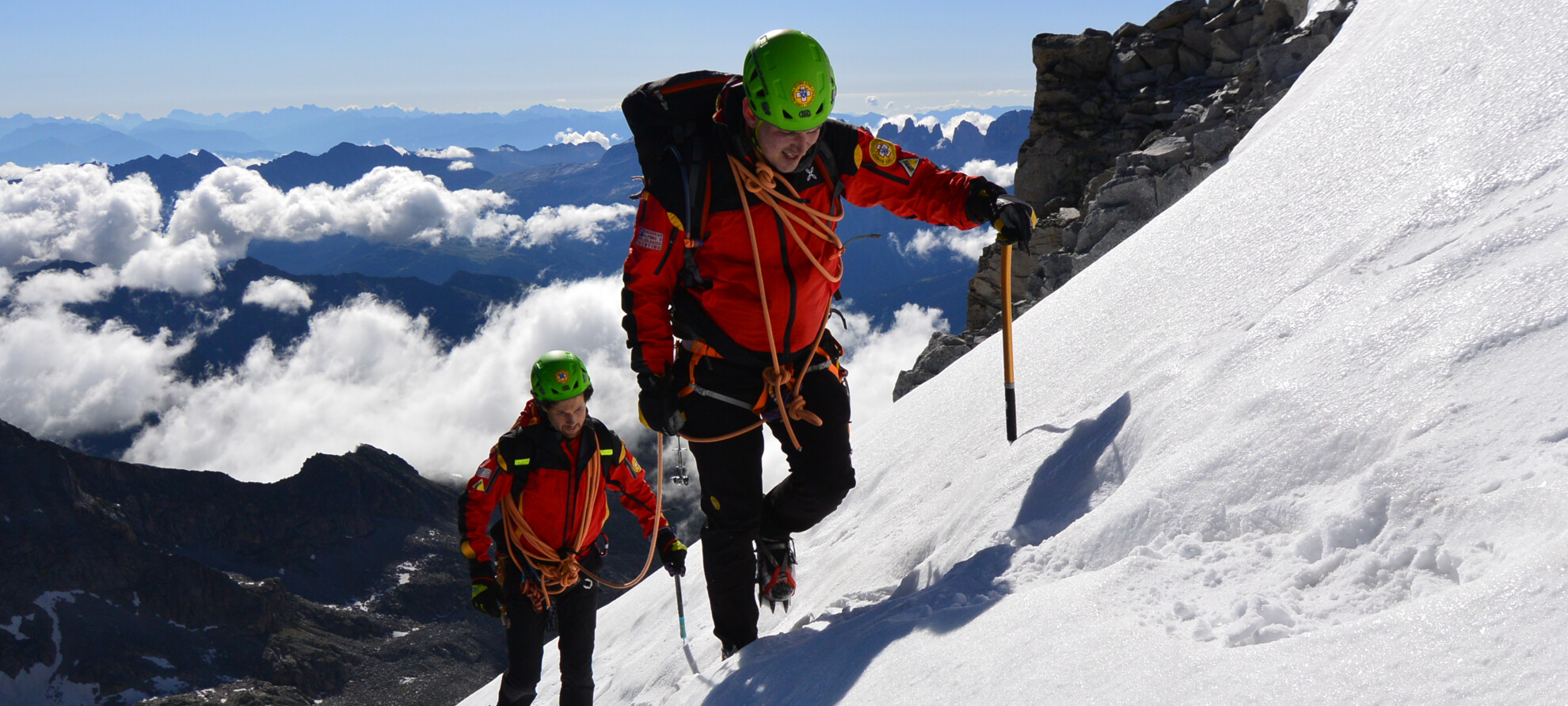Safety in the mountains
10 golden rules from the Trentino Alpine Rescue Unit
If you are a ski mountaineer or love walking in snowshoes or regular shoes on snowy trails, this guide could be useful for your mountain excursions during the winter. There are many essential rules for staying active safely in winter, all of which often involve common sense. We have collected them in a guide created by the Trentino Alpine Rescue Unit. All 10 rules are equally as important, so we have placed them in chronological order.

- Before leaving for a trekking, ski mountaineering or snowshoeing excursion, it is important to check weather reports that also provide local reports, which are often more detailed and reliable. It is also essential to check the avalanche bulletin: remember to read not only the danger number/level, but every detail present. You will find important information such as the most dangerous slopes, rather than the altitudes over which the danger increases, any recent rainfall and the effects had by the wind (snowdrifts).
- Based on the above information, you can assess your excursion by finding out the difficulty of your route, travel time and any restaurants or bivouac huts. It is important to carry some paper maps, as well as the versions on your smartphone.
- You must assess the difficulty of your route and compare it with your actual ability and physical fitness at the time. If in doubt, ask an expert and check whether you need to be accompanied safely by a professional mountain guide.
- Avoid going alone. You should let friends, family or the alpine hut manager know your plans.

- Prepare your rucksack with the necessary technical equipment, waterproof shell and synthetic thermal jacket, plus something to eat and drink (in a thermos). You should also have a first aid kit, headlamp and emergency phone battery. The winter excursion essentials are an avalanche self-rescue kit, avalanche transceiver and probe: not only do you need to have these, you should also know how to use them properly. Remember that a person buried in an avalanche with no major injuries has over a 90 percent chance of being dug out alive in the first 15-18 minutes. This is why self-rescue is vital and also needs practising.
- During the excursion, try to keep to the established route and assess objective dangers on the spot.
- It is also important to know when to stop. Avoid herd behaviour: just because everyone else is continuing, does not mean it is the right thing to do.
- Constantly assess changes in the weather and check if you are matching the time points to avoid being surprised by a storm or darkness.
- In the event of an accident or difficulty, and you feel like you are in an unmanageable or dangerous situation, call the Alpine Rescue Unit on the emergency number 112.
- Respect the mountains and enjoy them with the right amount of focus, and always remember common sense.
Published on 27/11/2021


